Brief Summary
This course simplifies microcontroller communication protocols, making it easy for anyone to understand how to use them in projects without any programming involved.
Key Points
-
Understand key communication protocols: I2C, SPI, UART, Modbus, CAN BUS, USB, Ethernet, PCIe.
-
Learn the advantages, disadvantages, and appropriate applications for each protocol.
-
No programming knowledge required, just fun learning!
Learning Outcomes
-
Differentiate between various serial communication protocols.
-
Choose the best protocol for different applications.
-
Grasp the fundamental theory of transmitting bits to other devices.
About This Course
Learn the Fundamental Theory of Embedded Microcontroller Communication Protocols for Arduino and FPGA
(This is a Theory-Only Course - No programming)
----------------------------------------------
This course teaches you the basics of microcontroller communication protocols which you can apply instantly to your Arduino or microcontroller Projects. This course is for those who want to learn about communication electronics in an easy and simple way but who also don't really want to open a text book.
At the end of this course, you will understand the advantages and disadvantages, bandwidth speed, limitations, maximum transmission length and application of each of the following protocols:
I2C or TWI
SPI
UART
Modbus RTU
CAN BUS
USB
Ethernet
PCIe
These theoretical concepts are important because you cannot use any protocol you wish for any applications. For example it is common knowledge that CAN BUS is best suited for automobile applications due to its reliability and robustness, hence using I2C or SPI would be at bad choice for this application. Another example would be for networking applications, Ethernet protocol is best suited for this as we know and USB would not be able to cope as network protocol. To transfer massive amount of data such as images or video, you will learn why you cannot use UART but rather PCIe provides you more than enough bandwidth to transfer up to 4K video. This course covers how these protocols work and why they are so useful for their applications.
So if you are ready to get started, click on the take this course button and we'll get started with the main concepts. If for whatever reason you are not happy, you are covered by Udemy’s 30 day money back guarantee, full refund, no hassles...period!


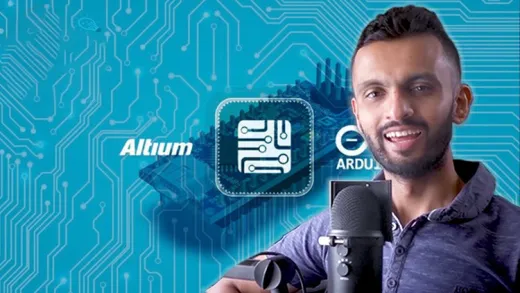
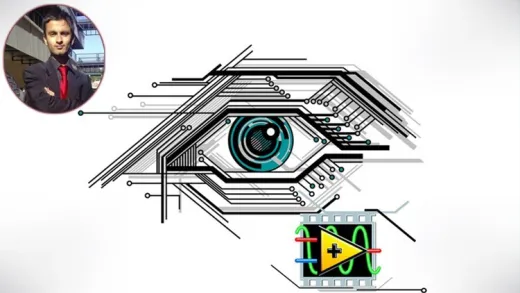
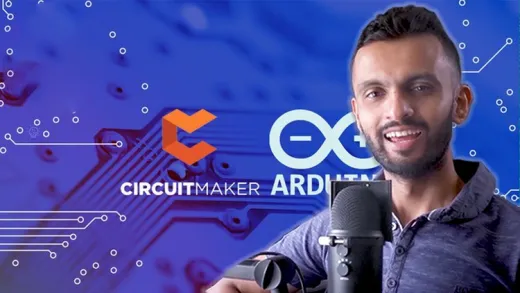
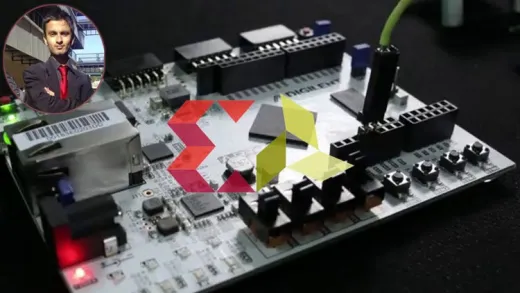
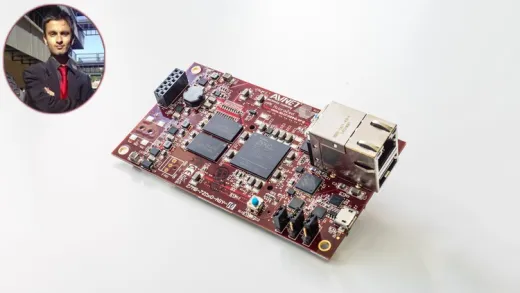
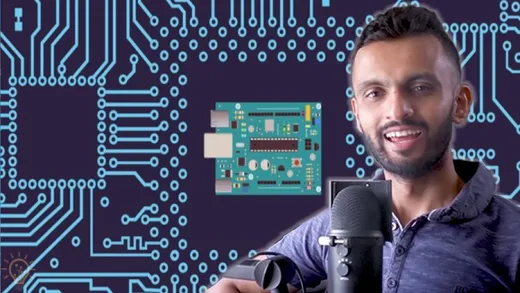

Nickson L.
It's good course for freshers to start with